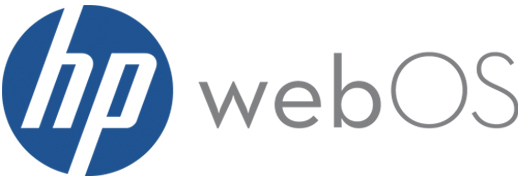WebOS at HP Labs
The highly-regarded platform is helping expand the scope of HP Labs research

Senior research scientist
Mary Baker
As HP announces a new generation of webOS-based devices, researchers at HP Labs are busy working to bring their innovations to the WebOS products of tomorrow.
"HP's buying Palm was very exciting for a lot of us at HP Labs," says Mary Baker of HP's Mobile and Immersive Experience Lab. "It's going to be very cool to see our research on more platforms, especially platforms that reach millions of people."
Labs researchers are already collaborating with Palm's own engineers in a variety of areas, among them imaging and printing, application development, and social computing.
Baker's own interests lie in integrating webOS into her lab's research on the future of teleconferencing. "What people would like," says Baker, "is to have a good teleconferencing experience anytime, anywhere, and with whatever kind of device they have access to."
But for that to happen, she notes, teleconferencing must work across an entire stack of communications technologies: from high-end telepresence solutions like HP's Visual Collaboration Studio system, through desktop-based based applications like HP's Visual Collaboration Executive Desktop, to apps running on wireless devices like tablets and smartphones.
Of the various operating systems that run devices at the more constrained end of the media spectrum, webOS dovetails especially well with the higher end technologies already developed at HP Labs, notes Baker's colleague, Dan Gelb.
"Our software framework exploits multitasking," he explains, "and unlike a lot of mobile platforms, webOS has real multitasking and real graphics support. As phones increasingly become multi-core, our framework will allow you to take advantage of that."

Principal scientist
Dan Gelb
"The other nice thing about webOS," adds Gelb, "is that it's built on Linux. We'd actually done some porting for Linux already, so when webOS came along, it was a lot easier than having to start from scratch."
Still, creating a seamless teleconferencing experience requires that a whole range of additional technical challenges be met, says Baker.
"The user experience issues around having to deal with very constrained displays are huge," she notes. "Then dealing with wireless networks is an ongoing and very difficult area. When you can't pump that many bits over a network and you're trying to have a teleconference with multiple people, what do you do about these multiple streams - how do you accommodate that ?"
While webOS offers HP Labs greater scope for applying its own research, Baker and her colleagues hope to help the operating system mature in its own right.
"We want webOS to be as rich and as useful and as intriguing as possible," she says. "As we get our media framework to work on it, we'll want to bring all of the tricks and treats that we've developed to devices running webOS."
A number of HP Labs researchers have also developed their own novel webOS apps that they plan to share with the Palm community soon (see sidebar). Working on an app of her own has helped Baker appreciate the quality of the development tools already provided by Palm.
"WebOS has a lovely user interface and great development tools," she says. "They are really going out of their way to make the development community as broad and diverse as possible and I think that's wonderful."